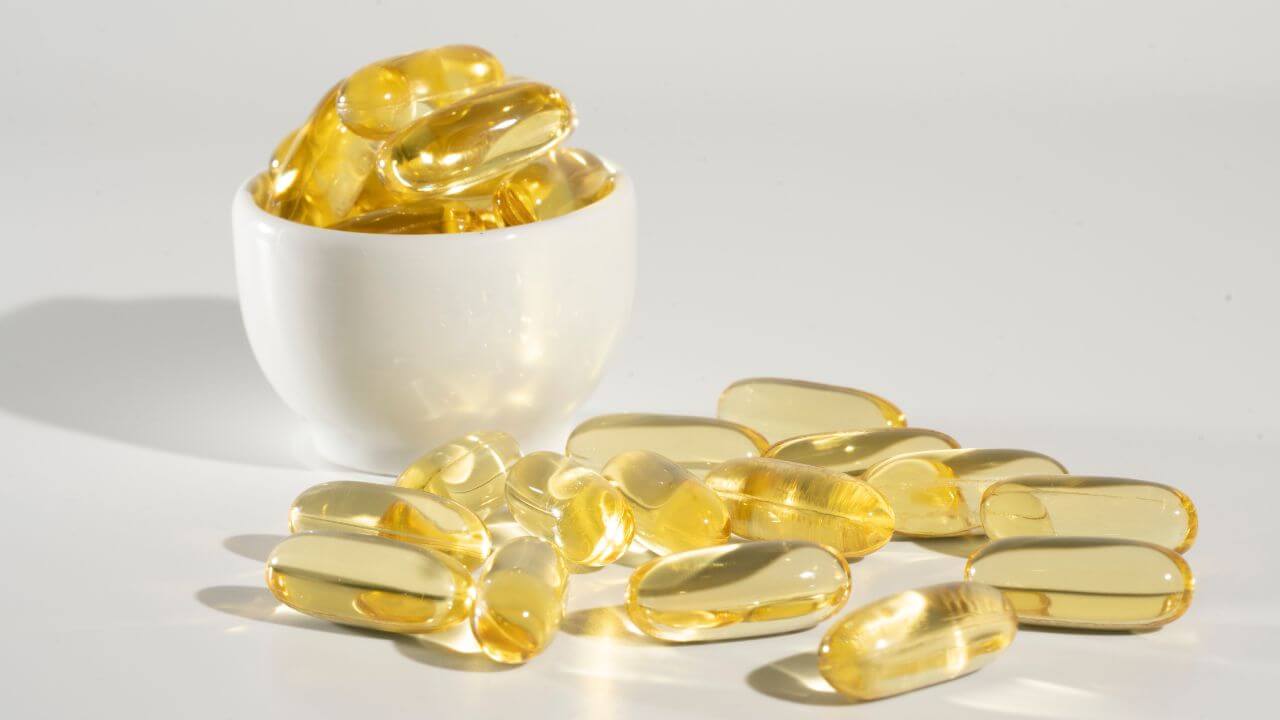The quality and efficacy of a dietary supplement hinge largely on the quality of its raw materials. A well-crafted supplement is more than just a blend of ingredients; it’s a carefully curated formulation designed to deliver specific health benefits. As such, the selection of raw materials is a critical step in supplement manufacturing.
Key Considerations in Raw Material Selection
When choosing raw materials for supplement manufacturing, manufacturers must consider several factors:
- Purity: Raw materials should be free from contaminants, such as heavy metals, pesticides, and microbial agents.
- Potency: The active ingredients in the raw materials should be present in the stated quantities and be bioavailable.
- Identity: The raw materials must be accurately identified to ensure that they are what they are claimed to be.
- Safety: Raw materials should have a history of safe use and pose minimal risk to human health.
- Sustainability: Sourcing raw materials from sustainable sources is increasingly important to consumers and regulators.
Sourcing Raw Materials
There are several sources of raw materials for supplement manufacturing, including:
- Botanical suppliers: These suppliers specialize in providing plant-based ingredients, such as herbs, roots, and fruits.
- Chemical suppliers: Chemical suppliers provide synthetic vitamins, minerals, and other nutrients.
- Agricultural cooperatives: These organizations can provide raw materials directly from farms, often at competitive prices.
Quality Assurance and Testing
To ensure the quality of raw materials, manufacturers typically implement a rigorous quality assurance program. This program includes:
- Supplier audits: Regular audits of suppliers to verify their quality systems and compliance with relevant regulations.
- Incoming inspection: All incoming raw materials are inspected for identity, purity, and compliance with specifications.
- Testing: Raw materials are subjected to a variety of tests, including:
- Identity testing: To confirm that the material is what it is claimed to be.
- Purity testing: To measure the levels of contaminants, such as heavy metals and pesticides.
- Potency testing: To determine the concentration of active ingredients.
- Microbial testing: To ensure that the material is free from harmful microorganisms.
- Certificate of Analysis: Suppliers should provide a certificate of analysis (COA) for each batch of raw material, which documents the results of testing.
Challenges in Raw Material Selection
Manufacturers face several challenges when selecting raw materials, including:
- Adulteration: Some raw materials may be adulterated with fillers or other substances to increase weight or volume.
- Lack of standardization: There may be significant variation in the quality and potency of raw materials from different suppliers.
- Regulatory changes: Regulations governing the use of dietary supplements can change frequently, making it difficult to stay up-to-date.
Conclusion
The selection of raw materials is a critical step in supplement manufacturing. By carefully considering factors such as purity, potency, identity, safety, and sustainability, manufacturers can ensure that their products are of the highest quality and meet the needs of their consumers. Additionally, by implementing a robust quality assurance program, manufacturers can mitigate risks and build consumer trust.

